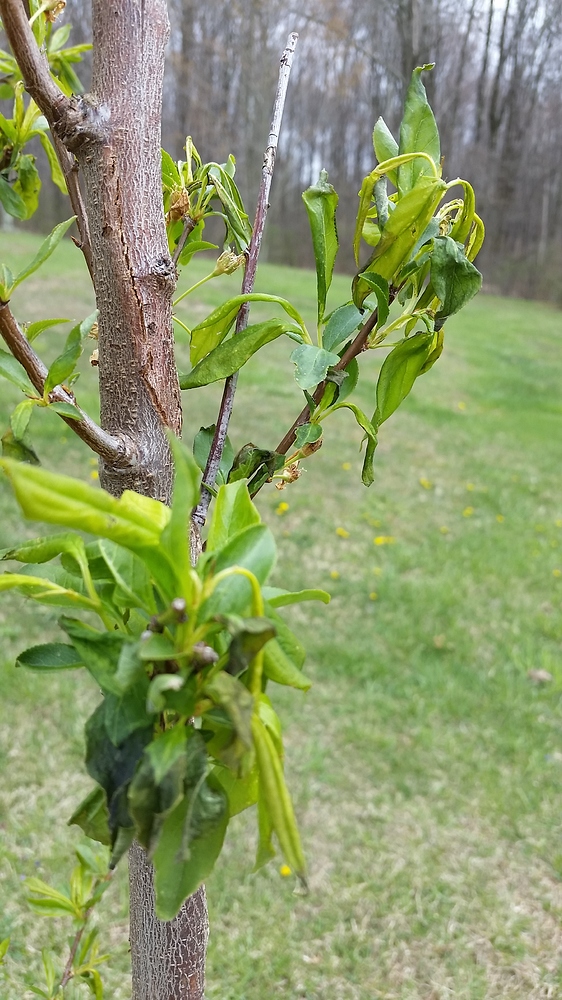Blueberry,
I hope your peaches fared OK through the frosts. I think all of us are just about through this frosty weather. I suspected several weeks ago we wouldn’t be able to break out of this cold pattern. That’s generally the way it works. It’s almost never one frost event, but a pattern of successive frost events, which take their toll, each one more frustrating than the last.
We appear to have one more frost event here tomorrow night, then it looks all clear. I guess if there is anything left, it will sort itself out.
Steve,
That’s true. When water freezes, it gives off heat. When it melts, it draws in heat. The extreme energy from phase change is the whole premise behind how ice cream freezers work with rock salt. By lowering the point in which ice melts, it lowers the point of phase change, which means it absorbs a lot more heat at a lower temp, and freezes the ice cream much faster when the ice melts.
I understand your question, and I think it’s a good one. All the freezing ice crystals should warm up the blooms. However, remember most of the time there are multiple physics principles at work.
For irrigation for frost protection, the sprinklers run continuously. Experts warn damage will be worse if sprinklers are shut off before temps are well above freezing. I think the plants not only gain energy from the freezing of the water, but also because the running water has a lot of thermal energy itself.
I think this is different than frost from the air, which really has no supplemental energy source (a key ingredient, imo). I suspect the slow accumulated frost from the air is so slow it really doesn’t offer much heat to the blooms. But the main issue (according to the article) is that frost starts on the super cooled water on the outside and moves to the internal parts on the inside, rupturing the internal cells. Keeping the water super cool in a liquid state seems to avoid this issue.
I suspect if the frozen water stays close to 32 (like with frozen irrigated water running continuously) the natural “anti-freeze” inside the flowers (i.e. ovary, pollen tube, etc) will keep the internal parts from freezing. But if the freezing temps are well below 32, not enough heat is given off to keep cells from freezing.
That’s my thought anyway. But I really don’t know for sure. Great question, even if my hypothesis is off base.
Either way, I know frost is bad, unless one is continually watering, then frozen water is OK, although it can break branches.

